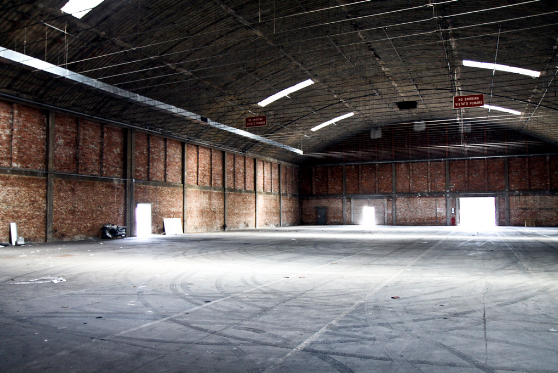3 Great Tips For a Smoother Office Renovation

Every business, once it’s outgrown the confines of the CEO’s bedroom computer, will need a good office to operate from.
When you first launched your company, you may have had some grand vision of being set up in a towering skyscraper, with a modern conference room and your very own oak desk which you could recline behind and look out over the sprawling metropolis below.
If your budget is a little stretched, that’s probably still a way away! If you’re having to move your venture into a fixer-upper, here’s some advice for the upcoming office renovation.
Leverage What You Have
If you first move all your desks and equipment into a run-down office space, and the layout isn’t quite what you wanted, then the first thing on your mind might be a lot of extensive demolition work.
Before you send people in with sledge hammers and wrecking balls, I recommend taking a thorough look around and pin down any kind of unique features which could work for you.
If you’ve got an unsightly exposed brick wall right where you want your conference room, it will be easy enough to bring in some commercial painters and have the thing covered up.
Don’t be too hasty though! Consider cleaning it up, getting some cheap art, and turning the wall into an intriguing focal point.
It’s better to take things slow and work with what you have than to realize what you could have done after it’s too late.
Sell What You Don’t Leverage
Okay, so when you move into a budget office space, not every material is going to have some cool, quirky function which you can leverage.
When it comes to materials you know you’re going to get rid of, don’t rush through the process and send it all to the dump!
Old tiles, fixtures, appliances and other materials can present an opportunity to soften the huge financial blow of moving into a new office.
If you take care in removing them, avoiding any possible damage, it shouldn’t take too long to find someone who’s willing to pay a little cash for it.
Of course, some of it really is junk. However, certain things like copper pipe and other scrap can fetch decent prices.
Prepare for the Worst
As you can imagine, turning a derelict old space into a happy, productive workplace isn’t a piece of cake.
There’s a common rule of thumb with all renovations, both domestic and commercial: budget at least 10% over what you actually expect to spend.
Unforeseen disasters and emergencies can crop up totally out of the blue. If you don’t have a plan for dealing with these and the money to cover it, the project’s going to be delayed, and you’re going to go through even more unnecessary downtime.
Talk to your contractor, and go over any uncertainties and common issues they’ve seen with this kind of job. You can also talk to someone like this who does office clearance, I’ve found them to be helpful.
Once you know which ones are going to be the most costly, start building an emergency cash reserve and setting out plans for different situations.
Have you recently gone through an office renovation? What was it like? What would you do different the next time? Share your thoughts, comments, and ideas below.
Cheers!






